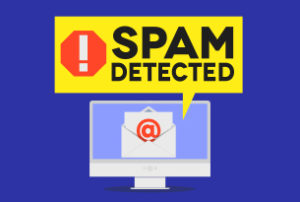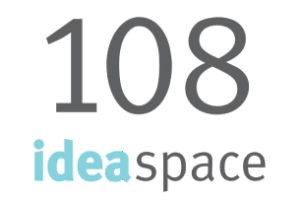How do you know the “right” amount of Social Media?
Too little Social Media is like spitting into the wind: no traction and no impact. It also leads to discouragement: if the efforts are not making a difference, then why bother at all?
On the other hand, too much Social Media is an obvious waste of time and resources. Moreover, too much Social Media may annoy your target audience, and cause them to disengage: the opposite goal of most social programs.
The Social Media Tipping Point is that perfect level of activity right between too little and too much. Unfortunately though, there is no magic Tipping Point number of Tweets, blogs, shares, likes, or comments per day. But there are two key guidelines.
1) It depends on your overall strategy.
- Passive strategy: This type of strategy seeks only to have enough of a social presence such that if anyone goes looking for your organization online, they will find you. In this case, the Social Media tipping point is very low.
- Broadcast strategy: This approach is all about the “shout.” The strategy is often used by organizations that seek to repurpose newsletter articles, press releases, and other content through a social channel. The Social Media Tipping point is partially set by a non-social editorial calendar – but it must be high enough to be heard above the noise.
- Engagement strategy: This refers both to the conversation between the organization and a particular individual, as well as the curation of a community. In this case, the Social Media tipping point is quite high.
2) It depends on the underlying goal of the Social Media program.
Is your goal to generate more leads? Is it to reduce support costs? Or perhaps something else? Determining your Social Media Tipping point is surprisingly simple: start small, and keep turning up the volume until the real-world measure is being met. Then turn it up some more, looking for diminishing marginal returns. Then stop.
If you currently have a successful Social Media program, then this also works in reverse: begin cutting your Social Media investment, noting whether there is a change in your real-world measures. If there is an unacceptable drop, then quickly reverse course, and “kick-start” the program to recapture lost ground.
This week’s action plan: Just because you have some degree of social momentum doesn’t necessarily mean that you have completely optimized it. This week, experiment by turning up or turning down the social media volume knob.











